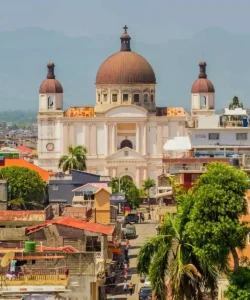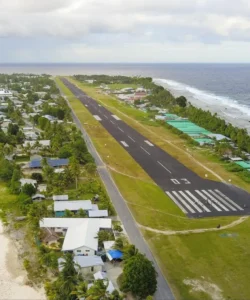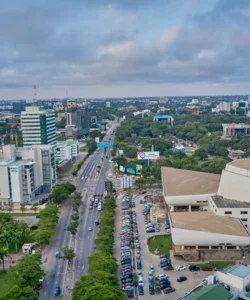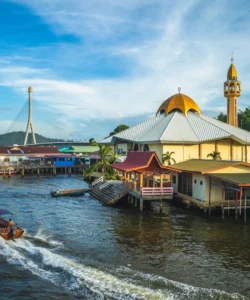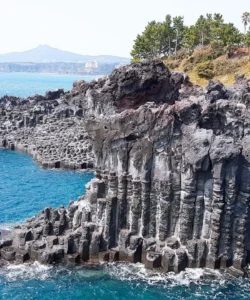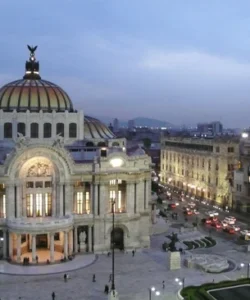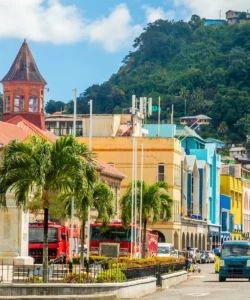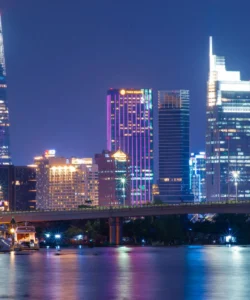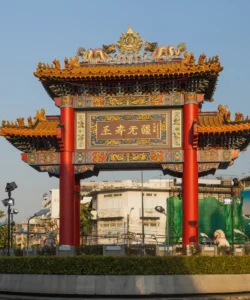Liechtenstein, officially the Principality of Liechtenstein, is a doubly landlocked microstate located in the Alps between Austria and Switzerland. It is one of the smallest countries in the world.
![]()
Area and Population:
Liechtenstein covers a small area of approximately 160 km² (62 sq mi). As of early 2025, its population is around 40,000 people.
Capital:
The capital city of Liechtenstein is Vaduz.
Major Cities/Towns:
Given its small size, Liechtenstein doesn’t have “major cities” in the conventional sense. Instead, it comprises a number of municipalities and villages, with the largest settlements being Vaduz, Schaan, Triesen, Balzers, and Eschen.
Language:
The official language of Liechtenstein is German, with Alemannic dialects being widely spoken.
Currency:
Although Liechtenstein is not a member of the European Union, it uses the Swiss Franc (CHF) as its official currency. It has a customs union with Switzerland.
Religion:
The dominant religion in Liechtenstein is Christianity, with the majority of the population (around 73%) being Roman Catholic. Protestants make up about 8%, while other Christian denominations, other religions, and those with no religious affiliation constitute smaller percentages.
Attractions and Wonders:
- Vaduz Castle: The iconic residence of the Prince of Liechtenstein, perched on a hillside overlooking Vaduz. While not open to the public, it’s a prominent landmark and offers great photo opportunities.
- Liechtenstein National Museum (Liechtensteinisches LandesMuseum), Vaduz: Showcases the history, culture, and natural history of the principality.
- Kunstmuseum Liechtenstein (Museum of Fine Arts), Vaduz: A striking black cube building housing modern and contemporary art, as well as the national art collection.
- Princely Collections (Hofkellerei des Fürsten von Liechtenstein): A wine shop and tasting room in Vaduz where you can sample wines from the Prince’s vineyards.
- Red House (Rotes Haus), Vaduz: A historic building with distinctive red walls, offering picturesque views.
- Gutenberg Castle, Balzers: A well-preserved medieval castle offering insights into the region’s past.
- Schellenberg Ruins: The ruins of two medieval castles (Obere Burg and Untere Burg) near Schellenberg, offering historical intrigue and scenic views.
- Malbun Ski Resort: A popular winter sports destination in the mountains, also offering hiking opportunities in the warmer months.
- Triesenberg Parish Church: A charming church in a picturesque mountain village.
- Ruggeller Riet Nature Reserve: A wetland area important for birdwatching and diverse flora.
- The “Fürstensteig” (Prince’s Way) and other hiking trails: Liechtenstein offers numerous well-marked hiking trails with stunning alpine vistas.
Architecture:
Liechtenstein’s architecture is largely influenced by its Alpine setting and its historical ties to Swiss and Austrian styles. Key architectural features include:
- Traditional Alpine Chalet Style: Particularly evident in mountain villages, featuring wooden construction, pitched roofs, and often flower boxes.
- Medieval Castles: Such as Vaduz Castle and Gutenberg Castle, showcasing fortifications and historical design.
- Contemporary Public Buildings: In Vaduz, there are some examples of modern architecture, particularly with the Kunstmuseum Liechtenstein, which stands out with its minimalist design.
- Churches: Traditional church architecture, often with prominent spires, is seen throughout the country.
Roads:
Liechtenstein has a small but well-maintained road network. Given its compact size, driving across the country is quick and easy. There are no motorways within Liechtenstein itself, but it is easily accessible via the extensive Swiss and Austrian motorway networks. Roads are generally in excellent condition, even in mountainous areas.
Hotels:
Despite its size, Liechtenstein offers a range of accommodation options, primarily concentrated in Vaduz, Malbun, and nearby towns. These include:
- Boutique Hotels: Often independently owned with personalized service.
- Traditional Guesthouses (Gasthäuser): Offering a more local and cozy experience.
- Mountain Hotels: Especially in Malbun, catering to ski and hiking enthusiasts.
While there aren’t large international hotel chains due to the country’s scale, the quality of service is generally high.
Restaurants and Cuisine:
Liechtenstein’s cuisine is heavily influenced by Swiss, Austrian, and Southern German culinary traditions. Hearty and wholesome, it often features cheese, potatoes, and various meats. Popular dishes and culinary experiences include:
- Käseknöpfle (or Käsespätzle): Similar to mac and cheese, these are small, soft egg noodles mixed with local cheese and often topped with crispy fried onions. It’s considered a national dish.
- Ribel: A dish made from cornmeal or semolina, similar to polenta, often served with compote or coffee.
- Torkarebl: Another cornmeal-based dish.
- Schwartenmagen (Head Cheese): A traditional cold cut.
- Gröstl: A hearty pan-fried dish with potatoes, meat (often pork or beef), and onions.
- Fresh Local Produce: Given its agricultural traditions, you can expect fresh dairy products, meats, and vegetables.
- Wine: Liechtenstein has its own small but reputable wine industry, primarily focusing on Pinot Noir and Chardonnay. The Princely Wine Cellars (Hofkellerei des Fürsten von Liechtenstein) are a great place to try local wines.
- International Cuisine: In Vaduz, you can also find restaurants offering international dishes, reflecting the country’s sophisticated and international outlook.
Dining experiences range from upscale restaurants in Vaduz to charming mountain huts (Alpenhütten) offering traditional fare and stunning views.



